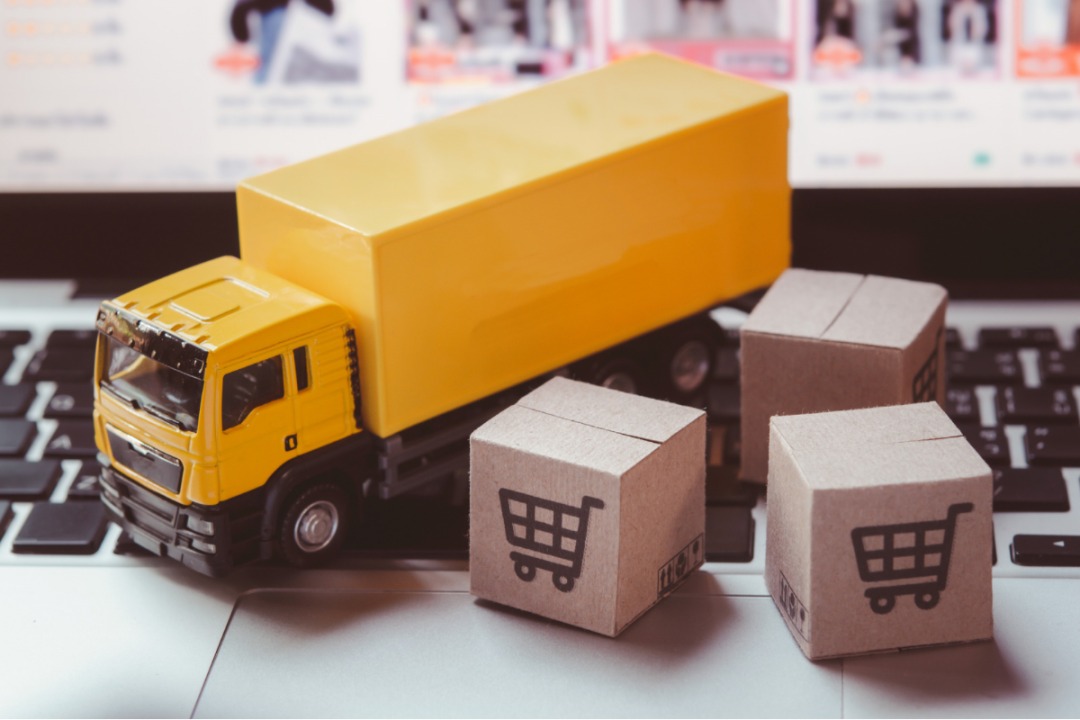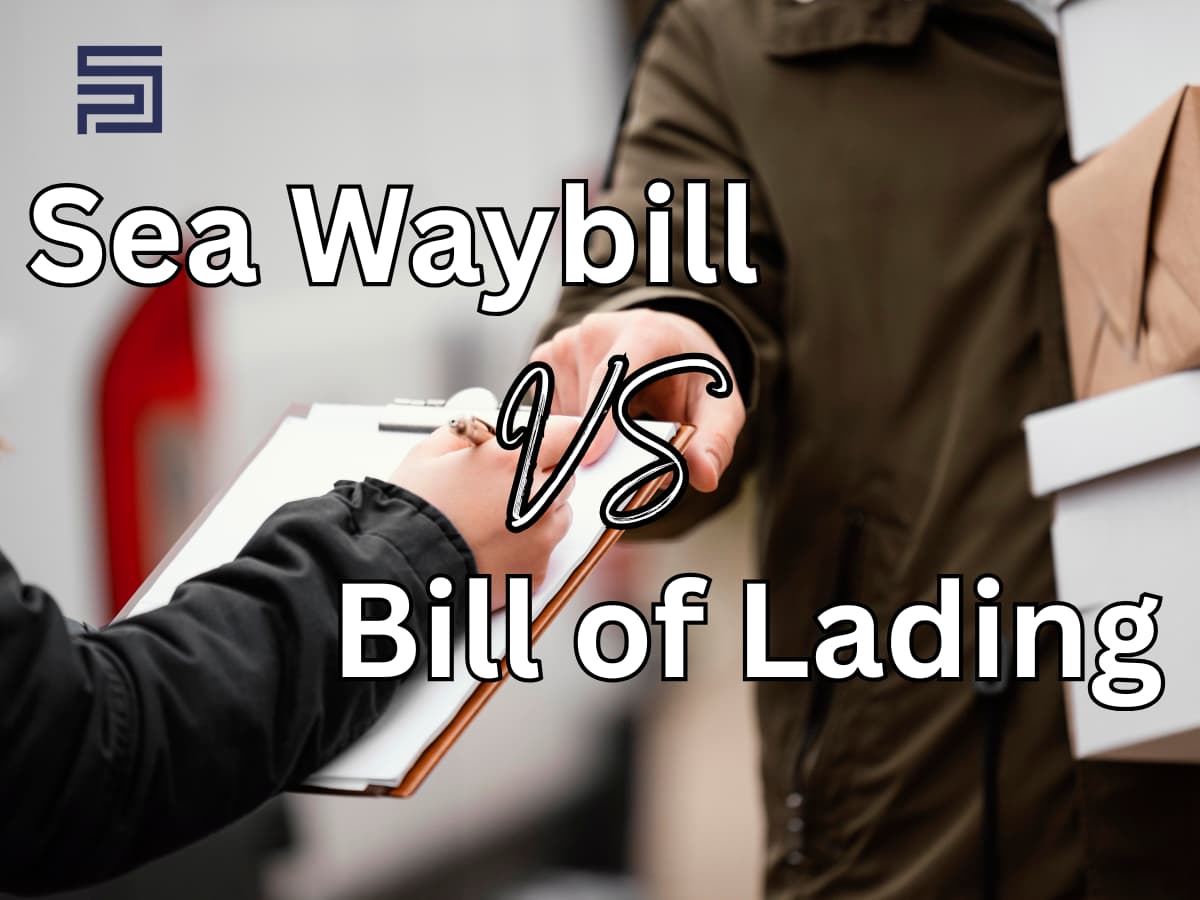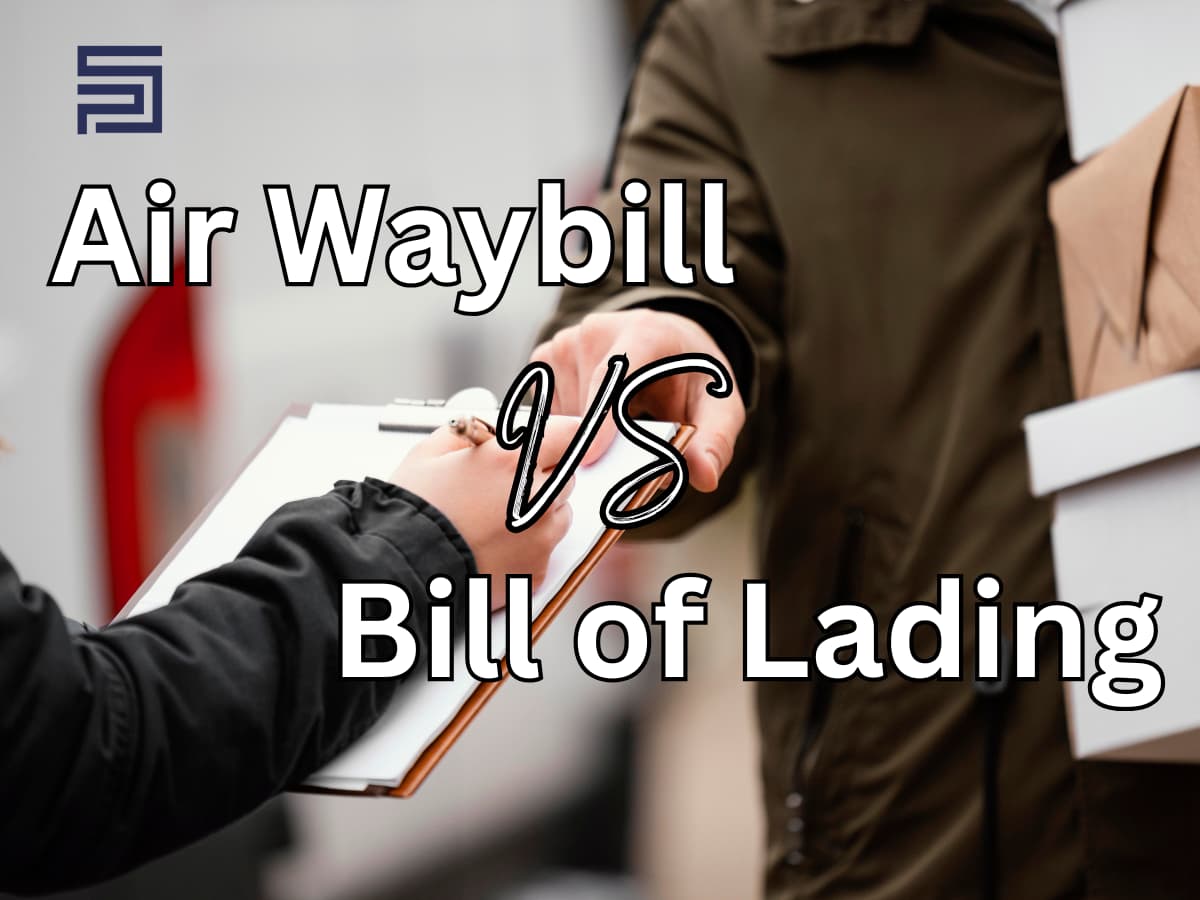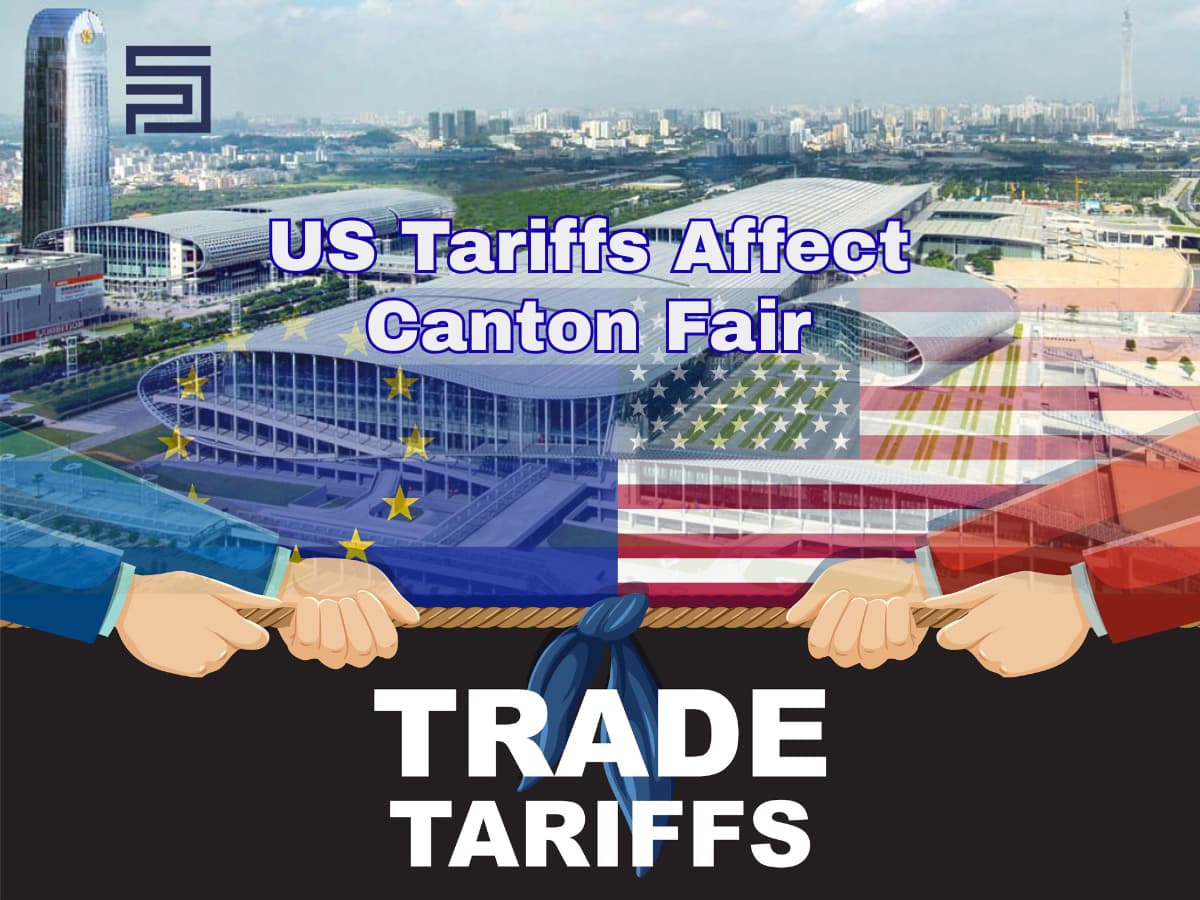Packaging in the shipping industry goes beyond just covering, protecting, and ensuring the safety of goods. To some companies, it is a form of communication between them and their clients and target market: a way of telling them who they are, the standard of their company and services, and what distinguishes them from other businesses in the industry.
To others, it is a marketing tool that provides information about the product and promotes it. To some, it is a communication tool between the producers and those who will handle the product during the shipping process and a communication link between them and the end users.
What Is Packaging
Many people use the terms packaging and packing interchangeably, but they are two words that are, although related, different. Packaging is the covering of an item's units available to the customer, while packing is the covering or box used to cover such products when transported or handled in bulk quantities.
Though these words sound similar and closely related, they are different. Packaging also refers to the process of designing a package for the consumer product. Packaging means any packaging material required to ensure product integrity.
Types Of Shipping Packages
1. Cardboard/Fiberboard packaging:
This cargo packaging is made from fiberboard. Cardboard boxes are created from two kinds of fiberboard: brown paperboard and white paperboard. They are prevalent and are either corrugated cartons, double-walled corrugated cartons, or double cartons.
Corrugated carton is known for their affordability, recyclability, strength, and lightness and are frequently utilized in the food sector as well as to package other non-fragile commodities because of their high quality and safety.
2. Bagged Packaging:
This is the type of packaging where the cargo is in a bag. Here, the bag can only keep the load in place but will not protect the item against damage. Therefore, the item must be sturdy, durable, and not fragile. This packaging is used for fertilizers, grains, seeds, dried fruit, sugar, coconut, and coffee.
3. Wooden Cases:
Wooden cases are made from high-quality wood and are one of the most preferred types of cargo packaging. Wooden cases are used to transport a variety of weighty items and offer a high level of protection to the cargo because they are solid, giving it an advantage over other modes of packaging. They are also lightweight. Additionally, wooden cases can be stacked on each other, which is helpful if you need to transport many items.
4. Wooden Crates:
Wooden crates are usually plywood or lumber and are typically used for packaging and shipping heavy or oversized cargo.
Wooden crates can be customized to fit the shipment's dimensions and are often used for machinery, appliances, or furniture. They offer protection from impact during shipping and can be stacked on each other.
5. Bales:
These are large, compressed material blocks wrapped in plastic or water-resistant materials used to transport goods. They could be made of hay, straw, paper, cardboard, cotton, and wool. Bales are a cost-effective way to transport large quantities of material. It has gained significant popularity for its lightness and versatility in molding.
6. Steel Drums:
These are made from steel, formed into cylinders, and then welded. They are also a popular way to transport various materials. They vary in size and are used for storing and shipping liquids like oil, chemicals, etc. They also hold and transport food, such as flour or sugar.
Steel drums are solid and durable; therefore, they can withstand the rigors of shipping and are also stackable so that they can be efficiently transported. One advantage of steel drums is that they can easily be cleaned and maintained, so they can be reused, leading to more sustainability in the supply chain and cost-effectiveness. However, damage caused by thorn bumps and previous closures can make the cargo vulnerable.
7. Palletizing Packaging:
This is a type of cargo packaging in which goods are placed on a pallet and protected for transport. The advantages include improved safety, efficiency, and security. Palletizing helps prevent damage to goods during transportation and makes loading and unloading cargo easier. Also, it can help optimize space in a shipping container, allowing more goods to be transported simultaneously, saving time and money.
Why Use A Packaging Option
There are several reasons why packaging is essential in the shipping industry:
1. Minimizing the risk of loss:
Loss of goods cannot be eradicated in shipping but can be minimized to the barest minimum if the cargo is packaged correctly. If a shipment is not well packaged, it becomes vulnerable to loss, with its contents irrecoverable.
2. Sense of professionalism:
The packaging of an item can be used to assess the quality and value of that product or even the business in general. If an item is poorly packaged, the customer is unlikely to trust your business. It sends a message to the customer about the company's unseriousness and lack of professional capacity. In a nutshell, packaging can help build a company's image.
3. Protection against damage:
In shipping, items are usually at risk of getting damaged even when they are not fragile, and no customer wants to receive damaged products, even if the damage is minor. Therefore, parcels should be packaged appropriately with suitable material for protection.
Packaging plays a vital role in the shipping and logistics industry; hence, identifying the right package for a product is the key to proper packaging and excellence in delivery.
At SARA PROCURE, we prioritize the safe and protective packaging of goods. Clients send their goods to our warehouse and rest easy knowing that items will arrive in perfect condition.
Visit our physical office space at 3 Fatai Irawo Street, Ajao Estate, Airport Road, Lagos, Nigeria, or any of our warehouse touch point locations worldwide to learn more about us and utilize our services.
Our 247-email correspondence is hello@chinatolagos.com. Contact us today.
We are equally social, and you can find us @SaraProcure on your favorite channels: Twitter, Threads, Facebook, and Instagram.
.png)





Comments
Please log in to leave a comment.